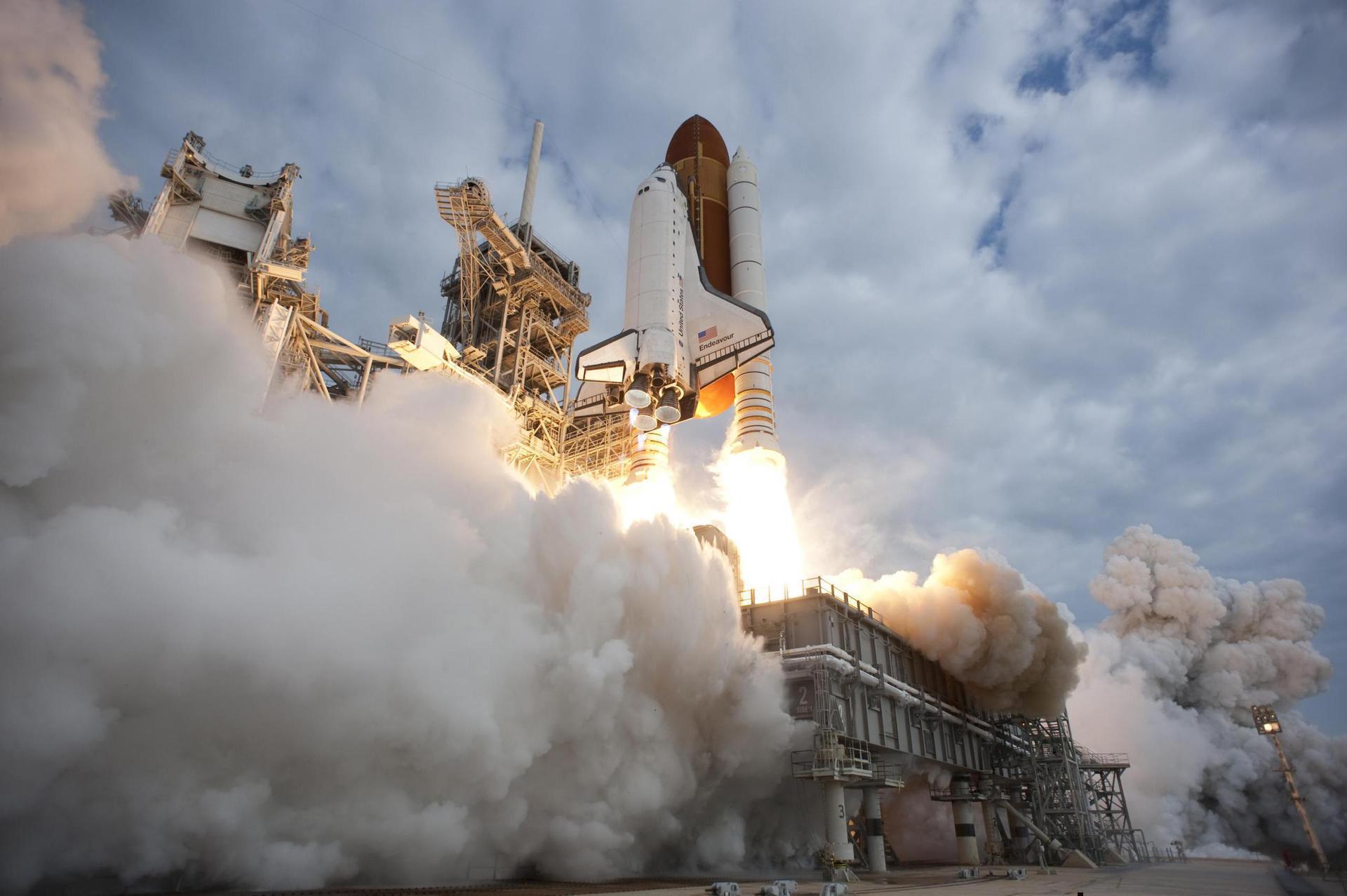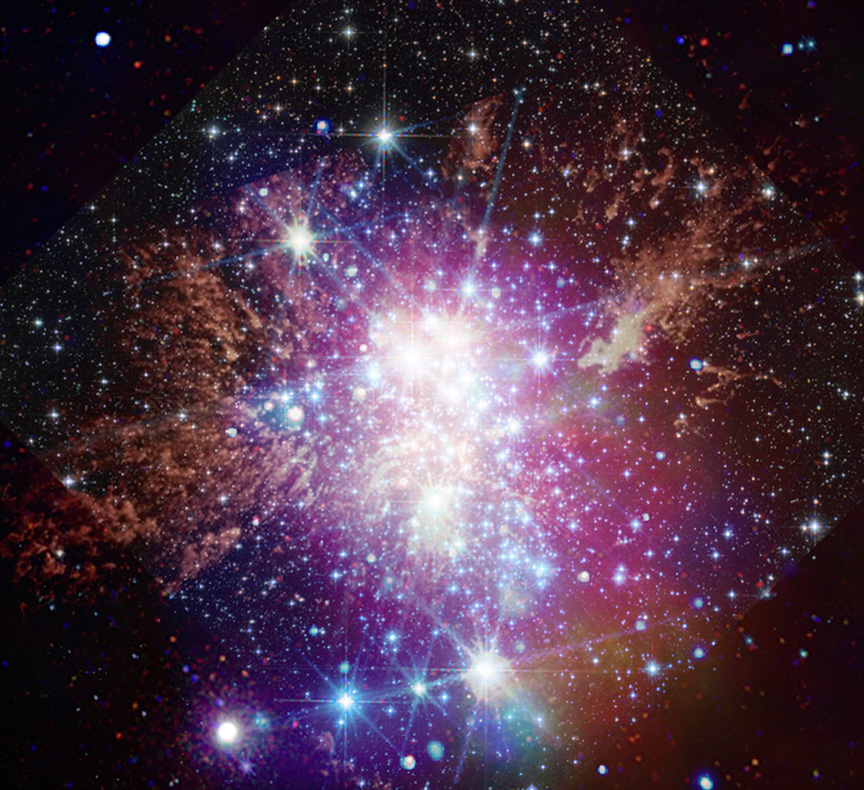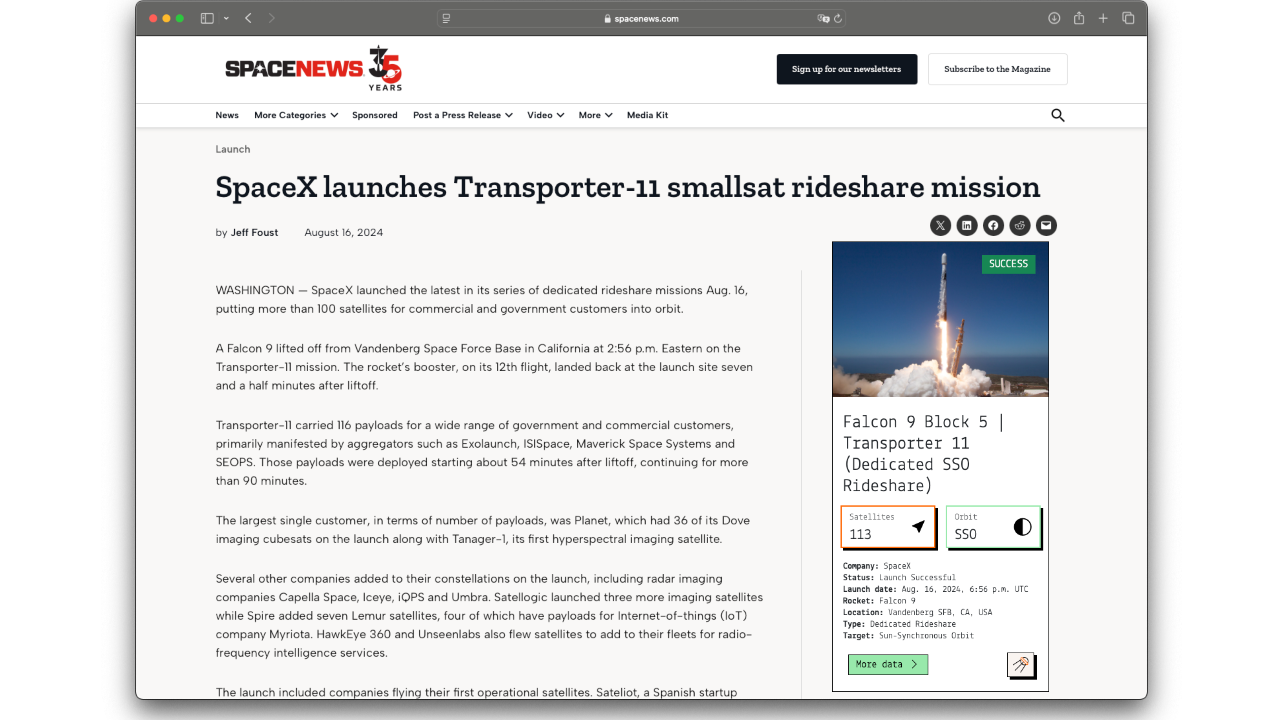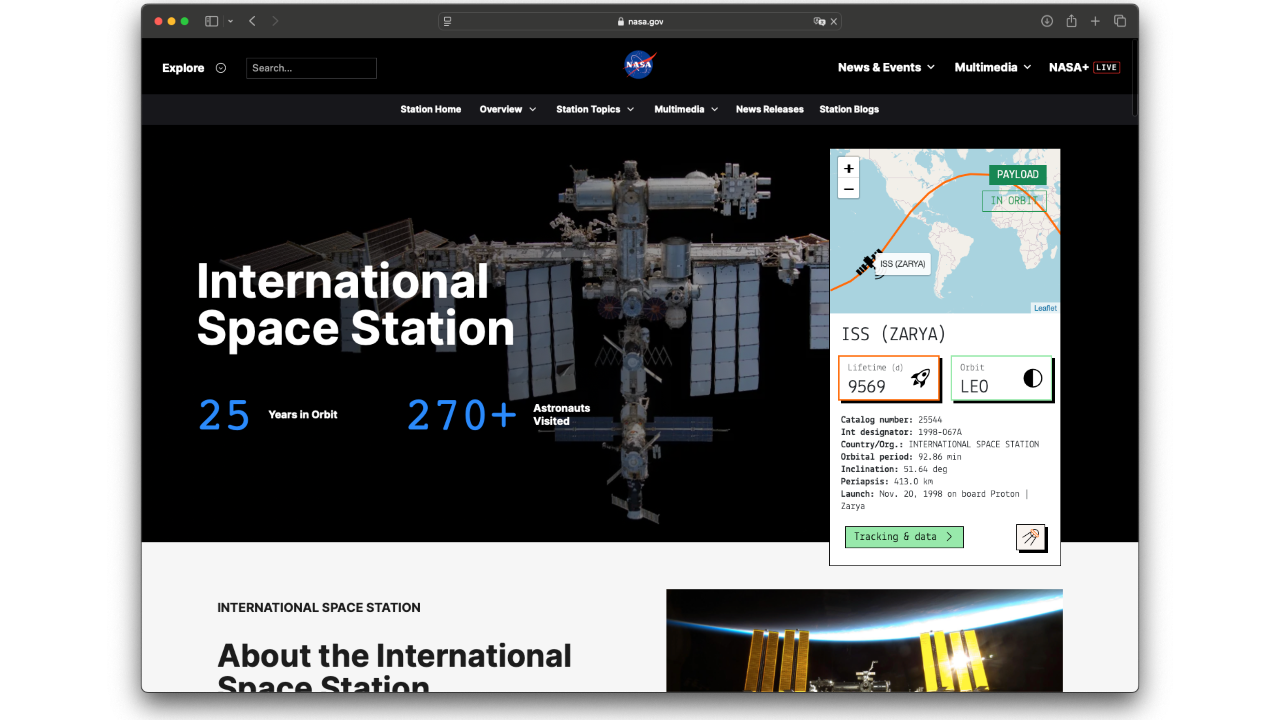Key statistics
Satellite CXO at a glance.
Uptime
9600
Days in orbit
Revolutions
≈ 0.4
Per day
Orbit
OTHER
Other
Inclination
52.3
Latest
Satellite identification and parameters
Extended collection of information and parameters for CXO.
Object identification
Identified? True
Debris? False
Object name: CXO
International designator: 1999-040B
Object number (NORAD): 25867
Object ID (CCSDS): 25867
Country: UNITED STATES OF AMERICA (US)
Current information (Y/N): Y
RCS size: LARGE
Orbital parameters
Period: 3808.902 minutes
Inclination: 52.2511 deg
SMA: 80790.453 km
Apoapsis: 140742.76 km
Periapsis: 8081.876 km
RAAN: 124.034 deg
Eccentricy: 0.82101832
Argument of periapsis: 310.6072 deg
Mean anomaly: 0.2637 deg
Mean motion: 0.37806171 rev/day
Mean motion (dot): 0.0000086 rev/day2
B* drag term: 0.0 1/REarth
Two-line elements (TLE)
Creation date: Oct. 31, 2025, 10:10 a.m.
Reference frame: TEME
Reference center: EARTH
Epoch: Nov. 2, 2025, 10:46 p.m. UTC
TLE line 0: 0 CXO
TLE line 1: 1 25867U 99040B 25306.94914393 .00000860 00000-0 00000-0 0 9992
TLE line 2: 2 25867 52.2511 124.0340 8210183 310.6072 0.2637 0.37806171 16460
Live tracking on map
Real-time ground track for satellite CXO.
In-orbit conjunctions
There are no conjunctions computed for CXO, at the moment. Check back to stay up to date, as we update our databases every day.
Go to all conjunctionsAssociated space launch
STS-93 marked the 95th launch of the Space Shuttle, the 26th launch of Columbia, and the 21st night launch of a Space Shuttle. Eileen Collins became the first female shuttle Commander on this flight. Its primary payload was the Chandra X-ray Observatory.
CXO was lifted into orbit during the mission ‘Space Shuttle Columbia OV-102 | STS-93’, on board a Space Shuttle space rocket.
The launch took place on July 23, 1999, 4:31 a.m. from Launch Complex 39B.
For more information about the launch, click the button.

Space Shuttle Columbia OV-102 | STS-93
Agency: N/A
Status: Launch Successful
Launch date: July 23, 1999, 4:31 a.m. UTC
Rocket: Space Shuttle
Launch pad: Launch Complex 39B
Location: Kennedy Space Center, FL, USA
...
Latest news about this satellite

IC Stars
Data from NASA’s Chandra X-ray Observatory and NASA’s James Webb Space Telescope combine to reveal an otherworldly view of the star-forming region IC 348. In this image released on July 23, 2025, X-rays from Chandra are red, green, and blue, while infrare...

NASA’s Chandra Finds Black Hole With Tremendous Growth
A black hole is growing at one of the fastest rates ever recorded, according to a team of astronomers. This discovery from NASA’s Chandra X-ray Observatory may help explain how some black holes can reach enormous masses relatively quickly after the big ba...

An Eye-catching Star Cluster
Westerlund 1, the biggest and closest “super” star cluster to Earth, dazzles in this image released on July 23, 2025. This view combines x-ray data from NASA’s Chandra X-ray Observatory (in pink, blue, purple, and orange), infrared data from NASA’s James ...
Newsletter sign-up
Weekly statistics, charts and insights to help you stay on top of the space industry.




